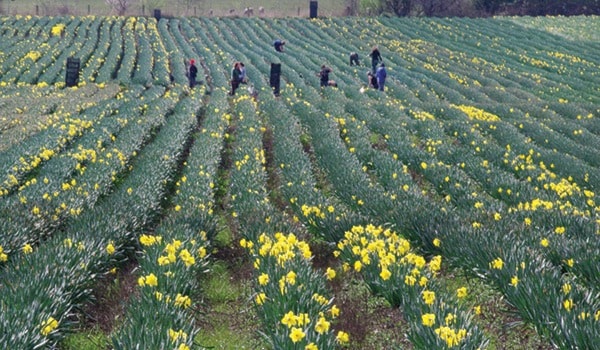North Saanich’s neighbouring communities congratulated the district on the completion of its agricultural development strategy and anticipates seeing some action on the Peninsula.
Mayor Alice Finall updated her municipal counterparts on the strategy at last month’s tri-municipal council meeting. She said it was started under the previous council, conducted by the Community Social Planning Council of Greater Victoria and does include co-operative efforts between the communities on the Peninsula.
“It covers many options, partnerships and reaches a variety of areas,” Finall said, noting she anticipates that implementing some of the study’s findings will be done in small steps.
In the report summary, the agri-food sector is noted as the primary focus, noting that North Saanich has 135 farms and the highest average annual farm sale revenues of any municipality on Vancouver Island. With the stated goal to increase the viability of agriculture and food production in North Saanich, the strategy outlines five objectives, from creating policies supportive of the industry to promoting innovation, investment, education and helping retain farmland for the future.
In bringing the strategy to the tri-municipal meeting, Finall said she wanted to ensure the co-operation of her neighbours in helping maintain the industry on the Peninsula.
Alastair Bryson, mayor of Central Saanich, congratulated North Saanich on its document and noted his own municipality has an agricultural area plan. That plan, cited in the strategy, seeks to do similar things — including lobby the province for better conditions to retain and create farms and create trusts or even deterrents to ensure farm properties remain as such.
Bryson did point out that Central Saanich’s overall gross farm receipts (revenue) were around $18.5 million, whereas farmers spent $18.2 million — showing little to no return on their investment.
“Farmers need to be able to reduce their expenses,” he said.
Finall agreed, saying while North Saanich farms showed that high average sales revenue, expenses are also quite high.
The Town of Sidney, in the meantime, is aware of the challenges faced by their more agricultural neighbours. Mayor Larry Cross noted that Sidney is the Peninsula’s urban centre, but one that knows agriculture is important.
